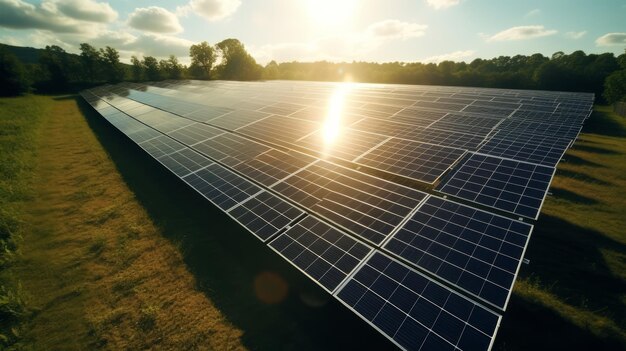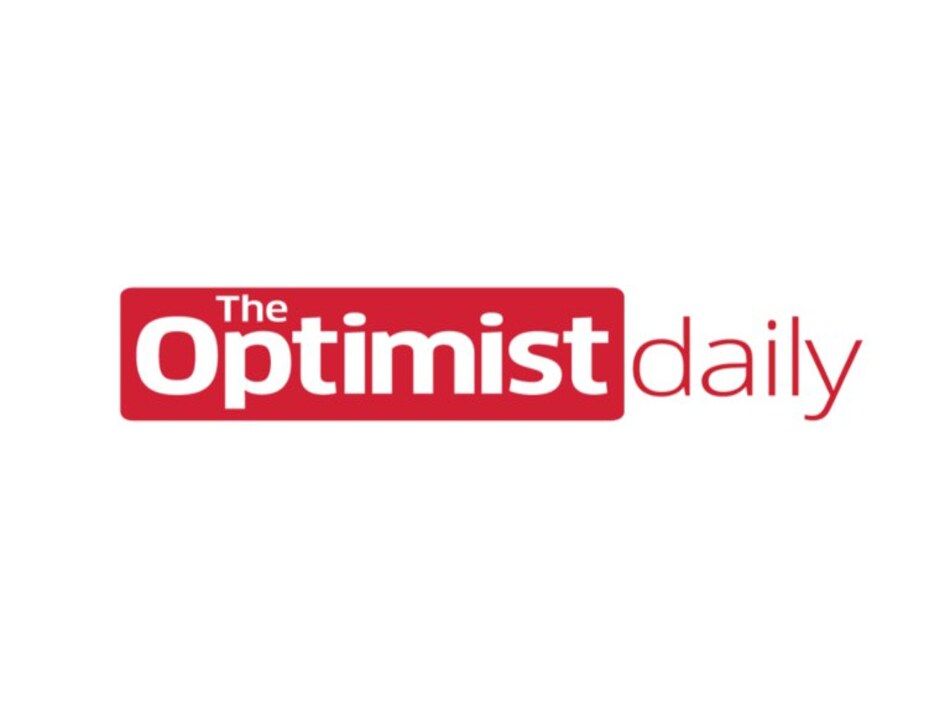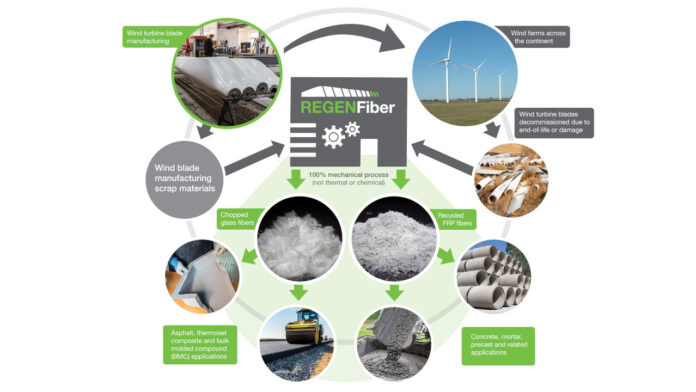
Community Solar Projects: Investing in Local Green Energy – Your Easy Guide
Imagine a world where everyone, regardless of their living situation, can easily access clean, renewable energy. A world where you don’t need a sunny rooftop or a massive upfront investment to power your home with solar. This isn’t a futuristic dream – it’s the reality of Community Solar Projects.
These innovative initiatives are rapidly changing the landscape of energy consumption, offering a practical and powerful way for individuals and businesses to support local green energy while often saving money on their electricity bills. This comprehensive guide will demystify community solar, explain its benefits, and show you how you can get involved in this exciting local energy revolution.
What Exactly is a Community Solar Project?
Think of a community solar project like a community garden, but for electricity. In a traditional garden, people share a plot of land to grow food. With community solar, people share a large, off-site solar power plant (often called a "solar farm" or "community solar garden") that generates electricity.
Instead of installing solar panels on your own roof, you subscribe to a portion of the energy produced by this shared solar array. This allows you to enjoy the benefits of solar energy without the need for rooftop ownership, installation, or maintenance.
Key Differences from Rooftop Solar:
- Location: Community solar arrays are off-site, usually in a sunny, open field or on a large commercial rooftop. Rooftop solar is directly on your home.
- Ownership/Subscription: You subscribe to a portion of a larger project, rather than owning and maintaining your own panels.
- Accessibility: Open to renters, apartment dwellers, homes with shaded roofs, or those who can’t afford a large upfront investment. Rooftop solar requires specific property conditions and significant initial cost.
- Maintenance: The solar developer manages all maintenance for community solar. You have no responsibilities.
Why Choose Community Solar? The Power of Local Green Energy Investment
Community solar isn’t just a trend; it’s a smart, accessible, and impactful way to engage with renewable energy. Here’s why more and more people are choosing to "invest" in these local projects:
1. Accessibility for All: Solar for Everyone
One of the biggest hurdles for rooftop solar is its limited accessibility. Community solar breaks down these barriers:
- Renters & Apartment Dwellers: You don’t own your roof, so rooftop solar isn’t an option. Community solar allows you to participate.
- Shaded Roofs or Unsuitable Homes: If your roof is too small, too old, or constantly shaded by trees or neighboring buildings, community solar is your solution.
- Limited Upfront Capital: Rooftop solar can cost tens of thousands of dollars. Community solar typically requires no upfront investment or a very low one, making it affordable.
- Homeowner Association (HOA) Restrictions: Some HOAs prohibit rooftop solar panels. Community solar sidesteps these rules.
2. Real Savings on Your Electricity Bill
This is often the most compelling benefit for subscribers. When you subscribe to a community solar project, you receive credits on your regular utility bill for the electricity generated by your share of the solar farm. These credits offset the cost of the electricity you use from the grid.
- Guaranteed Savings: Many community solar programs offer a guaranteed percentage of savings (e.g., 5-15%) compared to your current utility rate.
- Predictable Costs: Some programs offer fixed rates for solar energy, helping you hedge against fluctuating traditional electricity prices.
- No Hidden Fees: Reputable programs are transparent about their costs and savings.
3. Positive Environmental Impact: A Local Green Investment
By subscribing to community solar, you’re directly contributing to a cleaner, greener energy grid. This isn’t just about saving money; it’s about making a difference:
- Reduced Carbon Footprint: You’re supporting the generation of clean electricity, reducing reliance on fossil fuels that contribute to climate change.
- Local Emissions Reduction: The energy is produced locally, reducing the need to transmit power over long distances and contributing to cleaner air in your community.
- Sustainable Future: You’re part of a movement accelerating the transition to renewable energy.
4. Supporting Local Economies & Grid Resilience
Community solar projects are more than just power plants; they are community assets:
- Local Job Creation: Project development, construction, and maintenance create jobs in your area.
- Economic Development: Land leases for solar farms provide income for landowners, often farmers.
- Grid Stability: Distributed solar generation can make the local energy grid more resilient and less prone to outages, especially during peak demand.
- Energy Independence: Relying more on local solar reduces dependence on volatile global energy markets.
5. No Maintenance, No Hassle
Unlike owning rooftop solar panels, you bear no responsibility for the maintenance or upkeep of a community solar project.
- Worry-Free Energy: The solar developer or owner handles everything from cleaning panels to repairs and monitoring performance.
- No Equipment on Your Property: No need to worry about the aesthetics of panels on your roof or the structural integrity of your home.
How Does Community Solar Work? A Simple Step-by-Step Guide
The process of joining a community solar project is surprisingly straightforward for the subscriber:
- Project Development: A solar developer identifies suitable land, secures permits, and builds a large solar array, often connecting directly to the local utility grid.
- Subscription/Enrollment: The developer or a subscription manager markets shares of the project to local residents, businesses, and non-profits. You sign up to subscribe to a portion of the project’s output, usually based on your typical electricity usage.
- Energy Production: The solar farm generates clean electricity, which flows into the local power grid, just like power from traditional sources.
- Bill Credits: Your local utility company tracks the amount of electricity generated by your subscribed share of the community solar project. They then apply a credit to your monthly electricity bill for that amount of power.
- Savings: You continue to pay your utility for the total electricity you use, but the solar credits reduce that amount. You then pay the community solar developer a separate, usually discounted, fee for the solar credits you received. The difference between the value of the credits and what you pay the solar developer is your net savings.
Example: If your utility bill is normally $100, and you receive $90 in solar credits, your utility bill becomes $10. You then pay the community solar provider $75 for those $90 credits (a 15% discount). Your total energy cost for the month is $10 + $75 = $85, saving you $15!
Is Community Solar an "Investment"?
While you’re not typically buying shares in a company or owning physical assets like stocks or bonds, subscribing to community solar can absolutely be viewed as a form of investment in several powerful ways:
- Investment in Your Wallet: The most direct financial benefit. You are investing in future savings on your electricity bills, which can add up significantly over the life of your subscription. This is a predictable return on your "subscription" that hedges against rising energy costs.
- Investment in the Environment: You are directly investing in a cleaner planet. By supporting local clean energy generation, you contribute to reduced carbon emissions, improved air quality, and a more sustainable future for everyone.
- Investment in Your Community: You’re investing in local job creation, economic development, and increased energy resilience for your area. This strengthens the local economy and infrastructure.
- Investment in Energy Independence: By diversifying the energy mix and relying more on local, renewable sources, you’re contributing to a more energy-independent future, less susceptible to global fossil fuel price volatility.
So, while it might not be a traditional financial investment with stock dividends, it’s a smart, low-risk strategic investment in your personal finances, the environment, and your community’s well-being.
Who Benefits Most from Community Solar?
Community solar is designed to be inclusive, but certain groups find it particularly advantageous:
- Renters: Finally, a way to go solar without owning your home!
- Apartment/Condo Residents: Similar to renters, individual rooftop solar is often not feasible.
- Homeowners with Shaded or Small Roofs: Get all the benefits of solar without the installation challenges.
- Low-to-Moderate Income Households: Many programs prioritize or offer additional incentives for these households to ensure equitable access to clean energy savings.
- Small Businesses & Non-Profits: Reduce operating costs and demonstrate a commitment to sustainability without significant capital outlay.
- Environmentally Conscious Individuals: Those who want to actively support renewable energy but lack other options.
- Anyone Seeking Savings & Simplicity: If you want lower energy bills and a hassle-free experience, community solar is for you.
Finding a Community Solar Project Near You
Community solar is growing rapidly, but availability still depends on your state’s policies and your local utility’s participation. Here’s how to find projects in your area:
- Check Your State & Local Government Websites: Many states have specific programs or incentives for community solar. Search for "community solar [Your State Name]" or "renewable energy programs [Your City/County Name]".
- Contact Your Utility Company: Ask your electric utility if they partner with community solar projects or if there are programs available in your service territory.
- Search Online for Community Solar Providers: Several national and regional developers specialize in community solar. A quick search for "community solar [Your Zip Code]" or "community solar [Your State Name]" will often yield results. Reputable providers include companies like Nexamp, Nautilus Solar, Solstice, Arcadia, and others.
- Community Organizations: Local environmental groups or clean energy advocates may have information on projects in your area.
Things to Consider Before Subscribing
While community solar is generally low-risk, it’s always wise to do your homework before signing up:
- Contract Length: How long is the subscription agreement (e.g., 5, 10, 20 years)? What are the terms for early cancellation?
- Guaranteed Savings: Is there a clear guarantee on the percentage of savings you’ll receive? How is this calculated?
- Billing Structure: Understand how you’ll receive credits on your utility bill and how you’ll pay the community solar provider. Will you receive two separate bills?
- Developer Reputation: Research the company offering the subscription. Look for reviews and their track record.
- Transferability: What happens if you move? Can you transfer your subscription to a new address within the same utility territory, or is there an exit fee?
- Customer Support: How easy is it to get in touch with the provider if you have questions or issues?
- Program Transparency: Ensure all terms, conditions, and pricing are clearly explained and easy to understand.
The Future is Bright: The Growth of Community Solar
Community solar is more than just a niche energy solution; it’s a vital component of the broader clean energy transition. With increasing policy support at state and federal levels, declining solar costs, and growing public demand for sustainable options, community solar is poised for significant growth.
It represents a democratic approach to energy, empowering individuals and communities to take control of their energy future, reduce their environmental impact, and build stronger, more resilient local economies.
Conclusion: Empowering Your Energy Future, Locally
Community solar projects offer an accessible, affordable, and impactful way to invest in local green energy. By subscribing, you’re not just potentially saving money on your electricity bill; you’re actively participating in the shift to a cleaner, more sustainable energy system. You’re supporting local jobs, reducing carbon emissions, and building a more resilient community.
It’s an investment in your wallet, your planet, and your local community – all without the hassle of rooftop panels. If you’re looking for a simple yet powerful way to make a difference and embrace the future of energy, exploring community solar projects in your area is a smart first step.
Ready to explore your options? Start by searching for "Community Solar Projects near me" or contact your local utility to see how you can start investing in your local green energy future today!



Post Comment